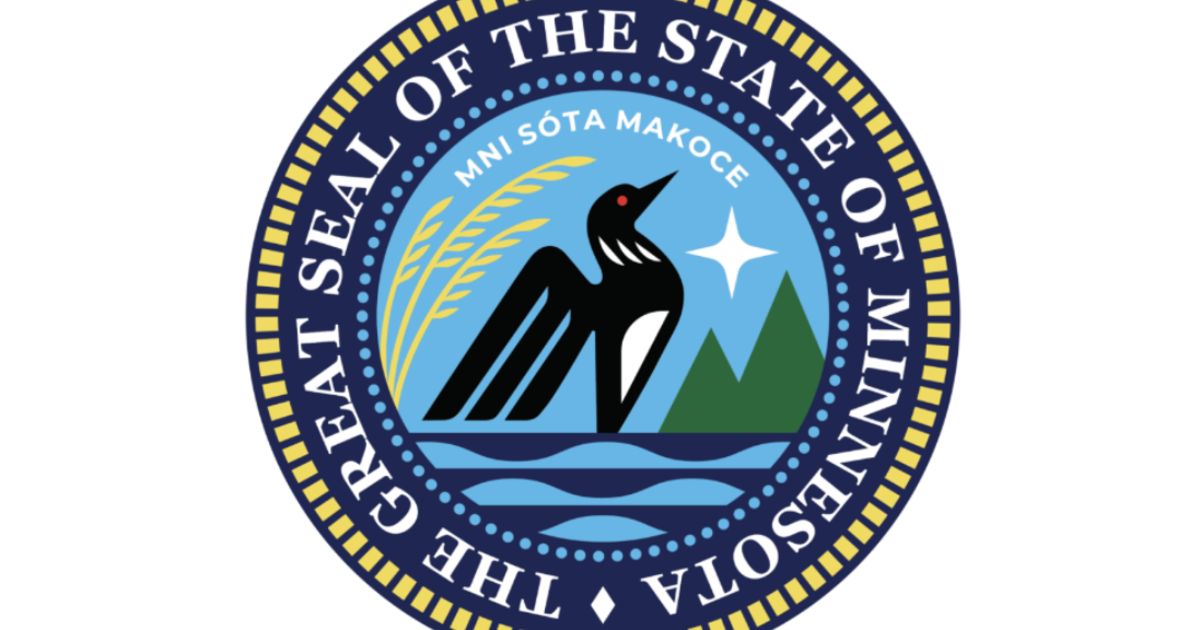A 'Dome City' That Almost Happened In Minnesota
MINNEAPOLIS (WCCO) -- The idea of living in a town under a dome isn't all that crazy. In fact, it almost happened in Minnesota back in the early 1970s.
The idea started with a cartoon by a famous futurist, Dr. Athelstan Spilhaus, who was also helped create the skyway system in downtown Minneapolis.
In the late 1960's, Minnesota received $250,000 in seed money from the federal government and another $670,000 from businesses, and decided to build the experimental city three hours north of the Twin Cities in Swatara.
It was a planned community with 250,000 residents, experiments in technology, sociology, and education and "people movers" to replace cars and their internal combustion engines.
Sharon Moen is writing a book about Spilhaus.
"Back in the day, they called it MXC for Minnesota Experimental City," Sharon Moen said. "Some of the plans had it being moveable pods. Some of the plans had it under this humongous geodesic dome. But it was going to be unlike any city that we experience today," Moen said.
This was her first trip to Swatara.
"They picked Minneapolis and Duluth and came out to Aikin County as 100 miles away from any major city because it was not to be a bedroom community to any other place," Moen said.
While taking pictures of the present, she painted a picture of what was supposed to be the future.
"The monorails would be above, other stuff below. Ground would just be for shopping, enjoying the sun as filtered through the dome," Moen said.
However, support from the legislature dried up in 1973, amid opposition from environmental groups and local residents.
Now, Swatara looks a lot like a ghost town, with abandoned buildings, a few dozen homes and a lone bar on the corner of Highway 169.
"It would be interesting to see if there had been a quarter of a million people, how much different things would have been,"
Instead, Moen is left to study history -- and a lost opportunity – at the city that never was.
"This place would have looked, wow, very technocratic. Looked like Silicon Valley, probably, with innovators of science living in and around here," Moen said. "It would not have looked like this."
Moen's book comes out in October. She works in Duluth for Sea Grant, which is a water protection program that was also one of Spilhaus's ideas.



